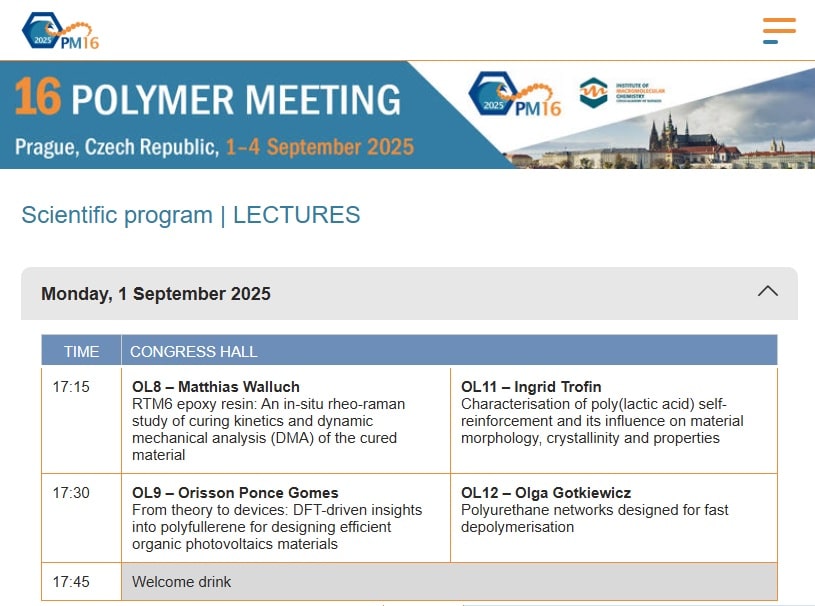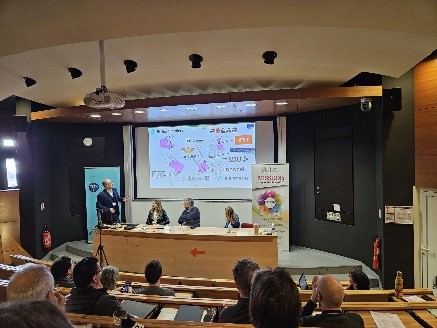Breaking New Ground: Scaling Up Polyfullerene Synthesis for Next-Gen Organic Solar Cells
Dr Marco Gomes EFFECTOR Research Postdoctoral FellowDr Roger Hiorns EFFECTOR Coordinator
2025 September 9th, Pau, France
Last week, Dr Marco Gomes kicked off a new stage in our research: large-scale syntheses of polyfullerenes! We’re now going for 10 gram scales. That might not seem like a lot, but for our labs it’s huge! Normally we work with a tenth of a gram at most.
Producing polyfullerenes means getting the fullerene and the other reagents into solution. Normally we use toluene which is made from petroleum. We’d like to use more green solvents like olive oil, which are actually really good for fullerene, but for now, olive oil is really energy intensive to recover, so toluene remains the best compromise.
At first glance, scaling up seems daunting. Reacting 10 g of fullerene would normally mean using 10 liters of toluene. To recover the polymer from the reaction we normally drop the solution into a non-solvent, a liquid that precipitates the polymer and dissolves all the waste products. Typically, this would be methanol, at a 1 to 8 ratio to the toluene, meaning we could end up with 10 liters of toluene, 80 liters of methanol, and a big headache for where to put it all!
Luckily, by complete accident, we found out you can use a lot less toluene than the standard calculations suggest. The polyfullerenes are so much more soluble than fullerene, so as the reaction goes on it simply pulls fullerene into solution, meaning that the black fullerene crystals dissolve into the mixture while the polymer is made. This clever twist means a dramatic reduction in the amount of solvent needed. A big win for sustainability — and a much lighter workload for Dr Gomes.
These polyfullerenes will be used in organic solar cells. Just one gram can help strengthen and stabilize the state-of-the-art high efficiency organic solar cells. We’re working closely with Dracula Technologies, CardLab, e-peas, InnoCell, Polar, Semtech, SDU and VTT to make human-centric technologies sustainable by removing batteries and introducing long-life high efficiency organic solar cells.
Why does this matter? Because these polyfullerenes are key to providing robust organic solar cells. Even one gram can significantly strengthen and stabilize 14 m2 of today’s most advanced, high‑efficiency devices. Together with our partners Dracula Technologies, CardLab, e‑peas, InnoCell, Polar, Semtech, SDU, and VTT, we are working to make human‑centric technologies more sustainable — replacing batteries with long‑lasting, high‑performance organic solar cells.





